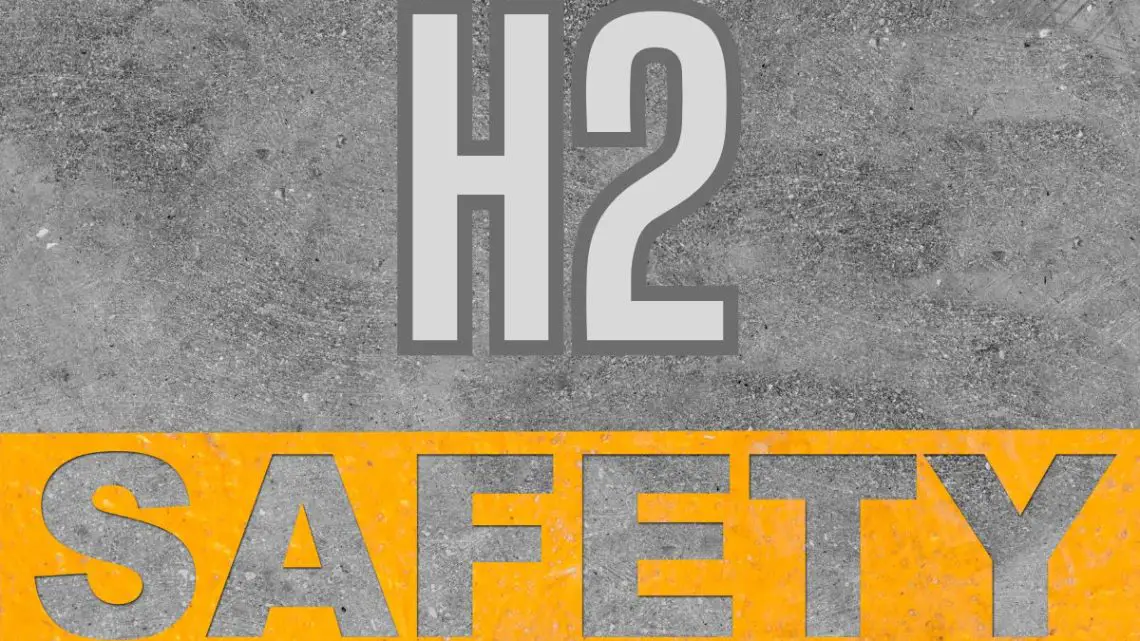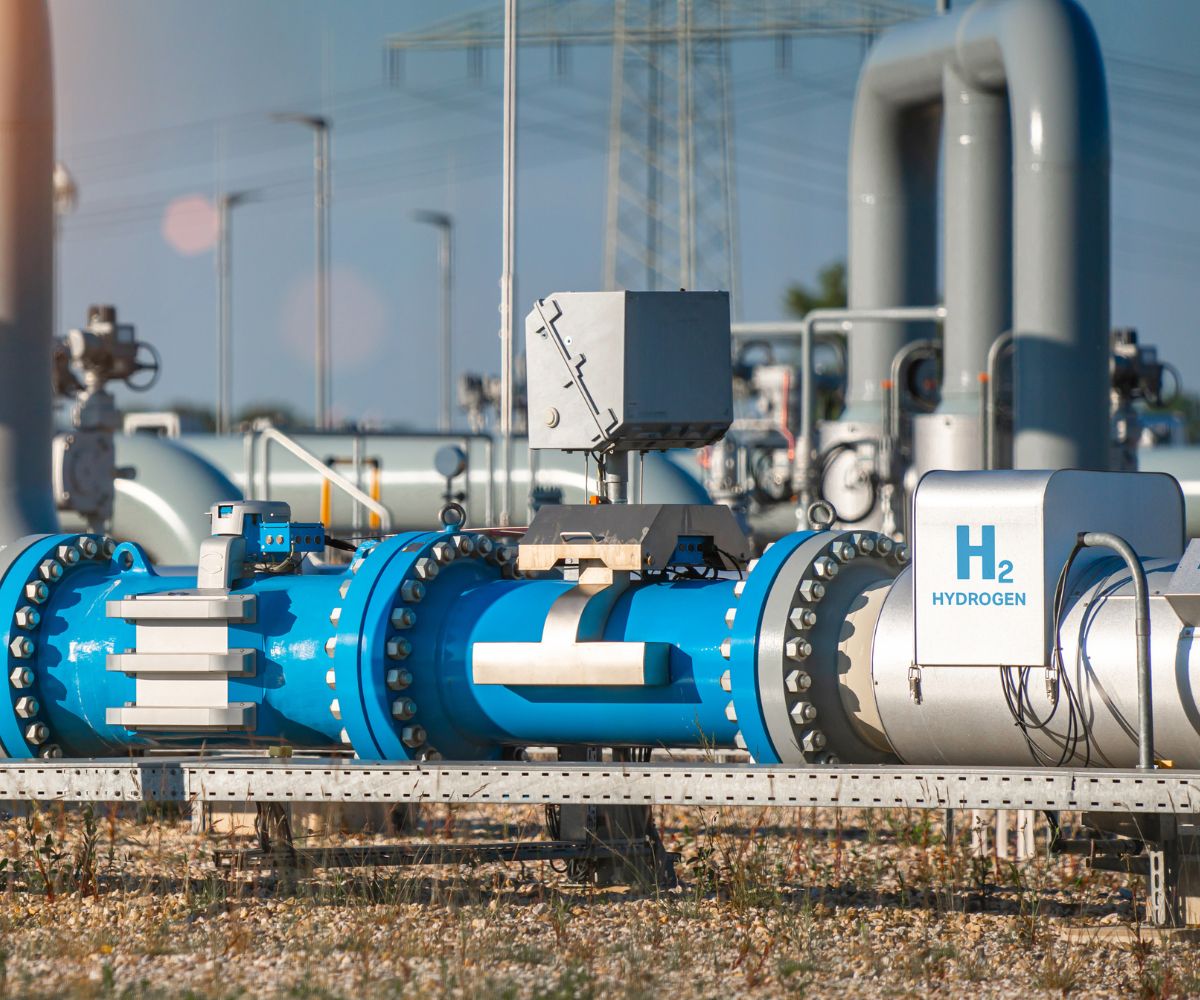
Venting Solutions for Hydrogen Systems: Insights from CGA and the Safe Hydrogen Project
October 11, 2023Hydrogen, as a clean and versatile energy source, has gained immense attention in recent years as a potential solution to combat climate change and reduce our reliance on fossil fuels. However, its unique properties, such as low density and high flammability, demand stringent safety measures during handling and storage.
Video Hydrogen Safety: Vent Stacks –
One crucial aspect of hydrogen system safety is venting, which prevents the buildup of pressure and ensures the controlled release of hydrogen gas in the event of an emergency. This article delves into the significance of venting for hydrogen systems, drawing insights from the Compressed Gas Association (CGA) and the Safe Hydrogen Project.
Hydrogen Systems
Hydrogen systems encompass a wide range of applications, including fuel cells, hydrogen-powered vehicles, energy storage, and industrial processes. In all these applications, the ability to manage hydrogen gas safely is of paramount importance. As hydrogen gas is lighter than air, it tends to rise and accumulate at the top of confined spaces, posing potential risks of explosion or fire in case of releases.
Hydrogen Venting: A Critical Safety System for Controlled Gas Release and Accident Prevention
Venting serves as a critical safety measure by allowing hydrogen gas to escape in a controlled manner when pressure inside the system exceeds the safe operating limits. This prevents catastrophic failure. A properly designed vent system ensures that any released hydrogen does not collect in confined areas and is directed away from ignition sources, minimizing the potential for accidents.
CGA Standard for Hydrogen Vents
The Compressed Gas Association (CGA) is a standards developing organization that has been instrumental in the development of safety guidelines and standards for the compressed gas industry, including hydrogen systems. For more than a century, CGA has been providing essential resources to various stakeholders, from manufacturers and suppliers to end-users, to ensure the safe handling and utilization of gases.
CGA G-5.5: Standard for Hydrogen Vent Systems provides information for personnel who design, install, and maintain hydrogen vent systems.
This publication provides design guidelines for hydrogen vent systems used in gaseous and liquid hydrogen systems at user sites and provides recommendations for safe operation of these vents. It begins at the discharge port of safety devices and other components that control the release of hydrogen and ends at the point where hydrogen concentration in the atmosphere is below the lower flammable limits.
Final Thoughts on the Critical Role of Hydrogen Venting in Advancing Sustainable Energy Solutions
In summary, the significance of hydrogen venting in the realm of hydrogen energy is paramount. As our quest for more sustainable and cleaner energy solutions continues, hydrogen stands out as a promising option. Nonetheless, it’s crucial for industries to tackle its distinct attributes, such as high flammability and low density, which require rigorous safety protocols.
Venting, in this scenario, serves as a critical safety strategy, facilitating the regulated release of surplus hydrogen gas and averting hazardous pressure accumulation. Compliance with recognized standards like the CGA G-5.5 is key in reducing risks and promoting the safe use of hydrogen across various applications. Thus, the implementation of safe venting systems will be vital in fully realizing hydrogen’s potential as a significant contributor to our shift towards a more sustainable energy future.
To learn more visit: SafeHydrogenProject.org
Additional information on hydrogen can be found in CGA G-5, Hydrogen, CGA G-5.4, Standard for Hydrogen Piping Systems at User Locations, CGA Handbook of Compressed Gases, and NFPA 55, Compressed Gases and Cryogenic Fluids Code, and NFPA 2, Hydrogen Technologies Code.



 HFN News is your leading source for fresh hydrogen and renewable energy updates. Amid the fast-paced growth of hydrogen companies, we provide top-notch news and insights about this exciting sector. Our coverage spans from hydrogen cars to global sustainable initiatives, and we highlight the latest in green jobs and developing hydrogen hubs. We invite you to share your local hydrogen news and explore today’s renewable energy job listings on our site. Thanks for choosing HFN News as your trusted guide to the hydrogen and renewable energy world!
HFN News is your leading source for fresh hydrogen and renewable energy updates. Amid the fast-paced growth of hydrogen companies, we provide top-notch news and insights about this exciting sector. Our coverage spans from hydrogen cars to global sustainable initiatives, and we highlight the latest in green jobs and developing hydrogen hubs. We invite you to share your local hydrogen news and explore today’s renewable energy job listings on our site. Thanks for choosing HFN News as your trusted guide to the hydrogen and renewable energy world!